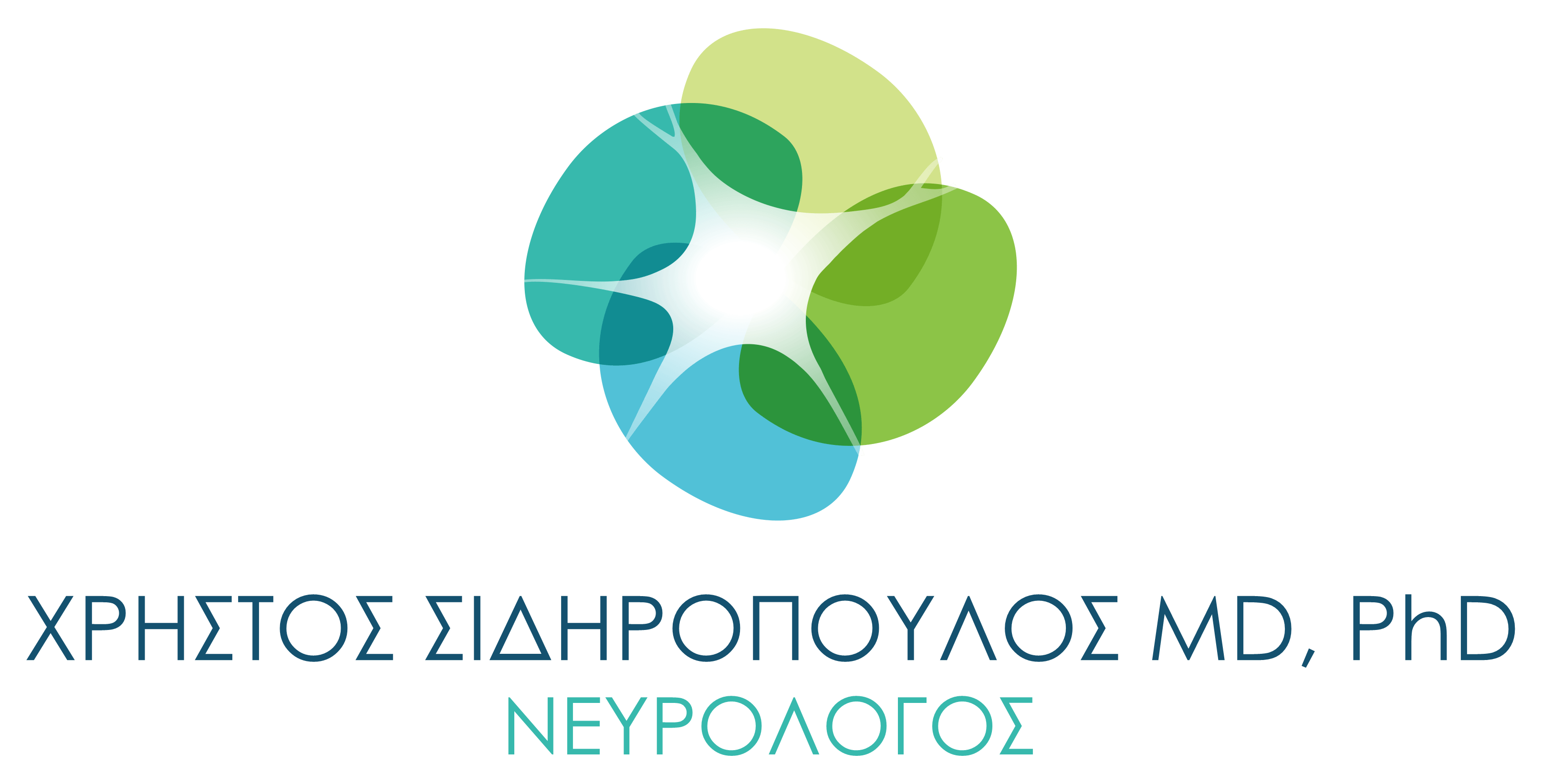 Injections of botulinum toxin, or otherwise known as Botox, have many medical applications, especially in movement disorders, as they cause a temporary and reversible decrease in muscle activity.
Injections of botulinum toxin, or otherwise known as Botox, have many medical applications, especially in movement disorders, as they cause a temporary and reversible decrease in muscle activity.
Botox is an injectable formulation of botulinum toxin type A (more rarely type B), a toxin that is naturally produced by bacteria and causes botulism, which prevents muscle activation. With this method, the toxin is injected directly into the affected muscles, resulting in short-term and local muscle relaxation. The U.S. Food and Drug
Administration has approved injections of botulinum toxin as a treatment against spasticity caused by multiple sclerosis in adults, among many other indications.
Movement Disorders in which botulinum toxin injections are used are among others: Tremor, focal dystonia (torticollis, blepharospasm, hemifacial spasm, oromandibular dystonia, writer’s cramp), tics.
Also, spasticity caused in the upper or lower extremity by strokes, multiple sclerosis, injuries of the brain and spinal cord, degenerative neurological diseases that cause hypertonia, etc are among other indications for Botox.
Another classic application of botulinum toxin is the treatment of chronic migraine.
How are botulinum toxin injections done?
Injections are given intramuscularly into selected muscles depending on the goal of treatment. Botulinum toxin acts by blocking the neuromuscular synapse, that is, the contact of the motor nerve with the muscle, causing partial paralysis in the specific muscle. Its action occurs a few days after administration with a duration of about 3-4 months. More frequent application is usually not recommended except for exceptions, due to an increased risk of developing neutralizing antibodies.
Injections of botulinum toxin for neurological diseases should be administered by a very experienced Neurologist, as their effectiveness depends on the correct choice of muscles and the dose to be administered into each of them and the targeting, so that side effects are minimized and efficacy is optimal.
Neurologist Dr. Christos Sidiropoulos has tremendous experience in the application of botulinum toxin for the treatment of movement disorders, especially for cervical and facial dystonia, but also for any other type of dystonia.
He also uses botulinum toxin injections to treat spasticity of any cause (due to stroke, multiple sclerosis etc). To achieve optimal efficacy injections are given under electromyographic guidance and, if needed, under ultrasonographic guidance.
As far as the dosage is concerned, in the initial phase the dose is smaller, to assess the sensitivity of the patient to the toxin and to avoid excessive muscle weakness. Improvement is gradual until the optimal combination of muscles injected and dosage is found.


